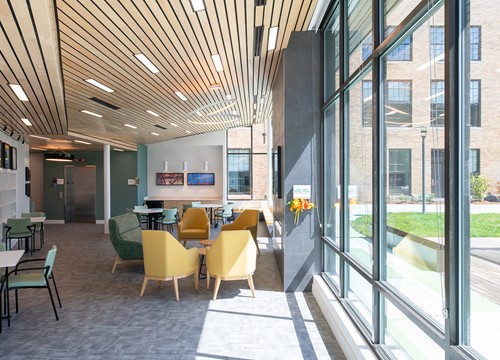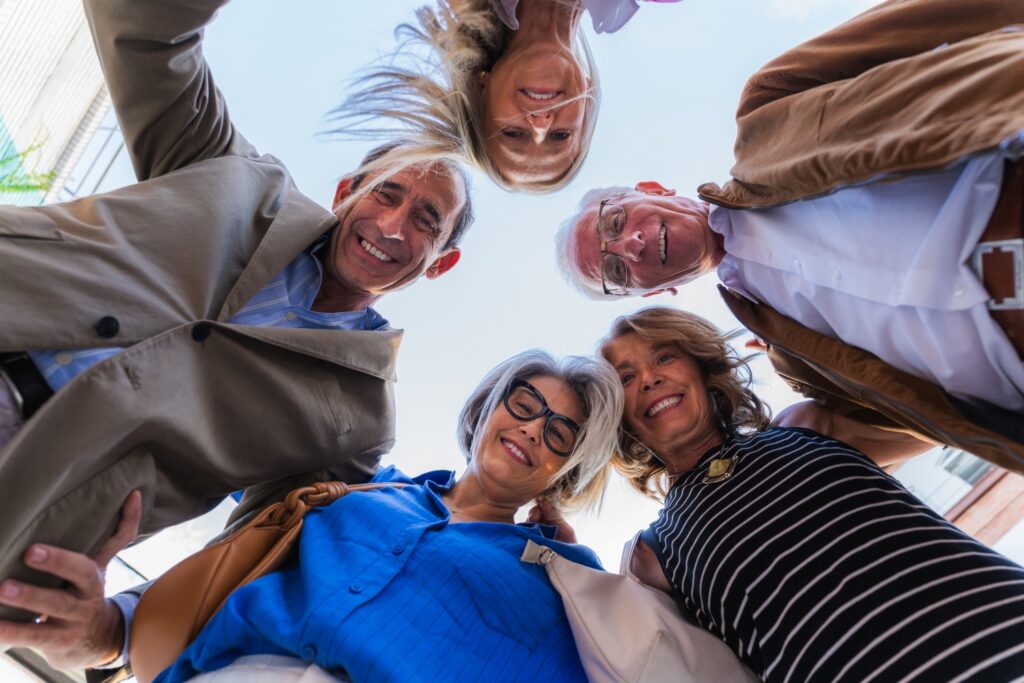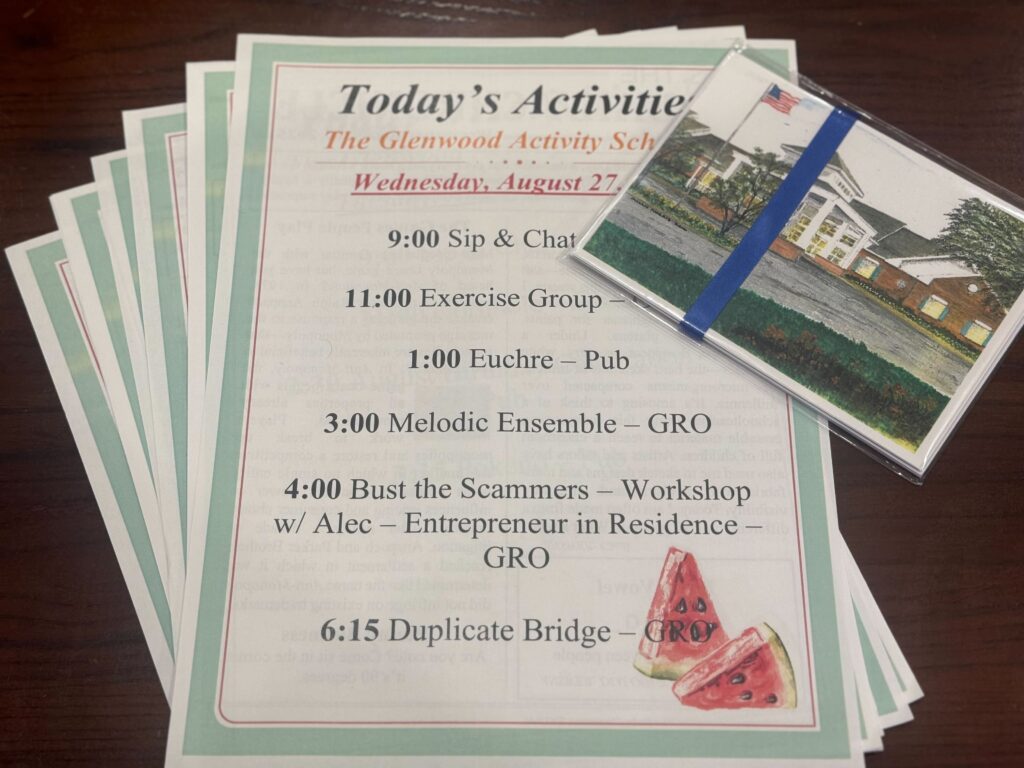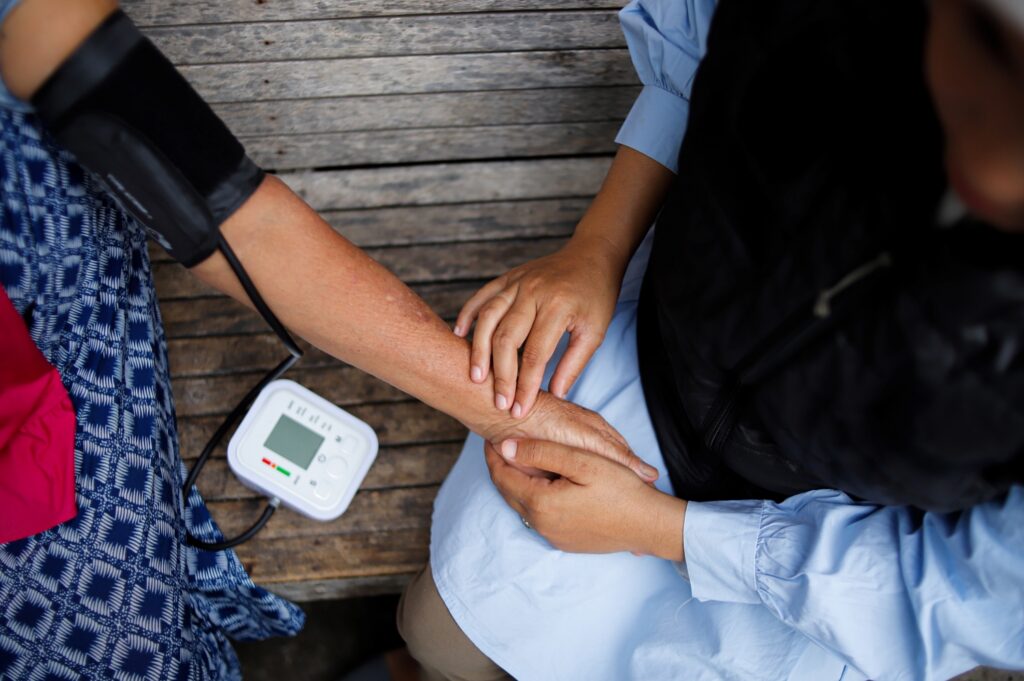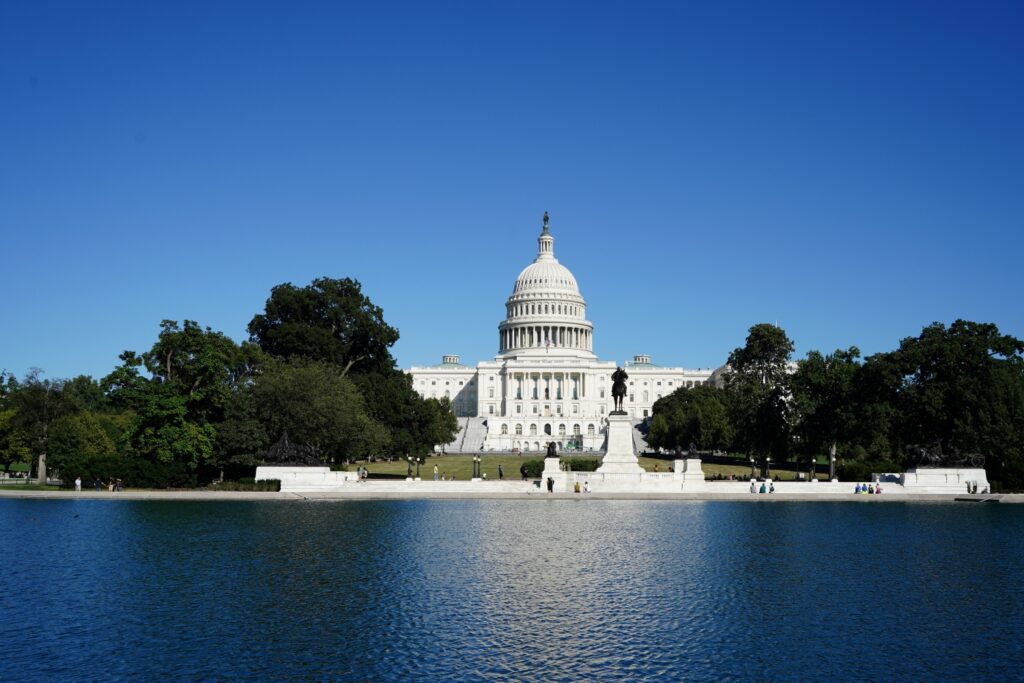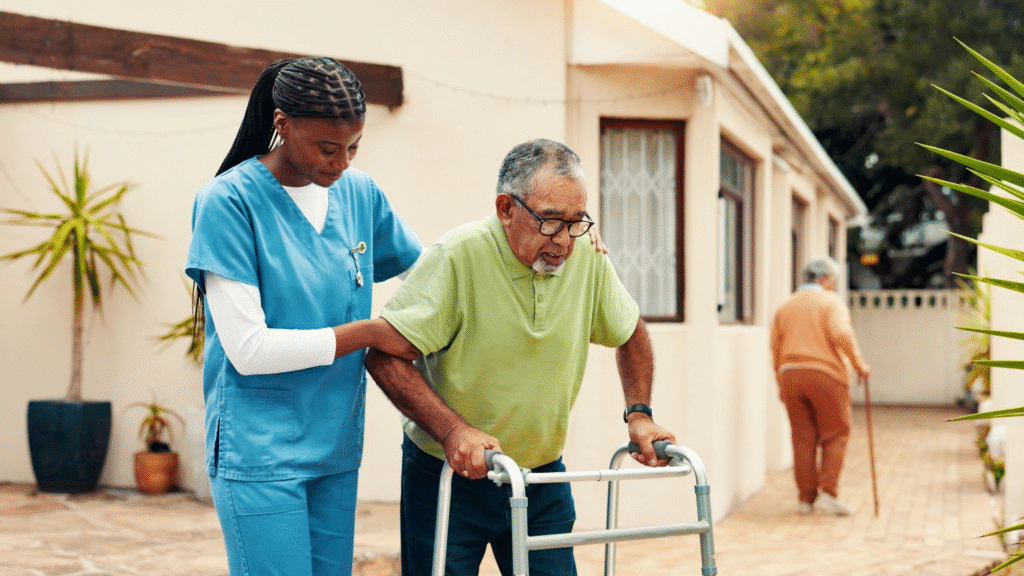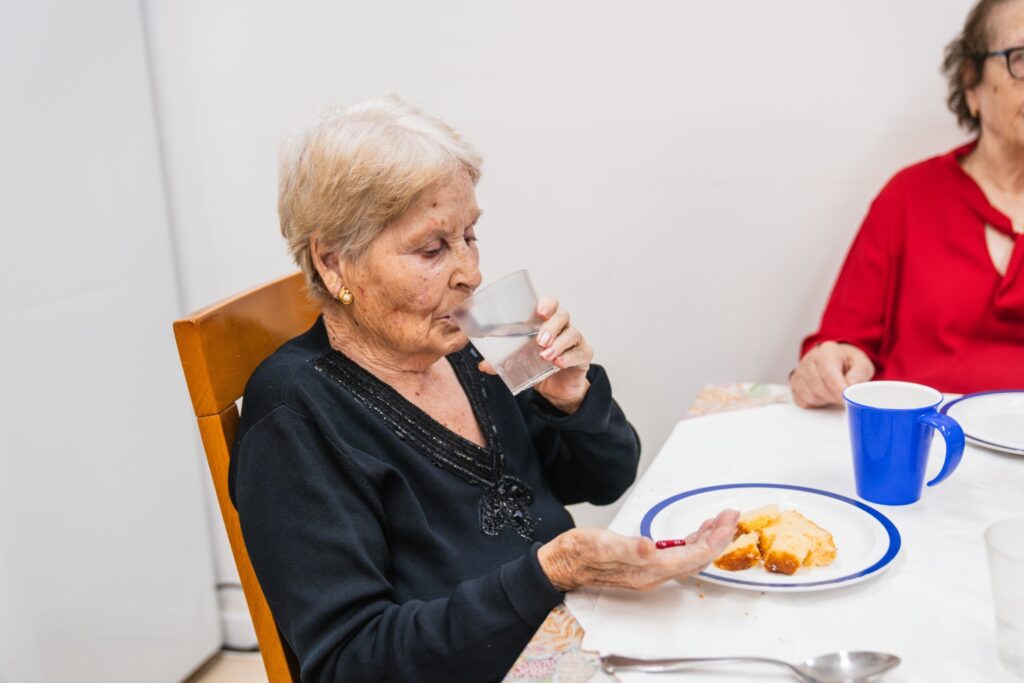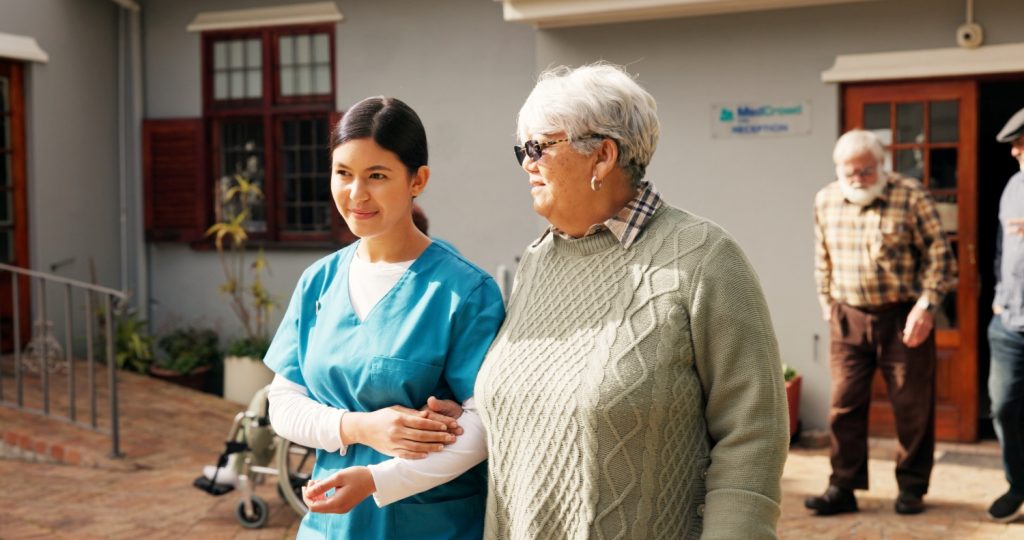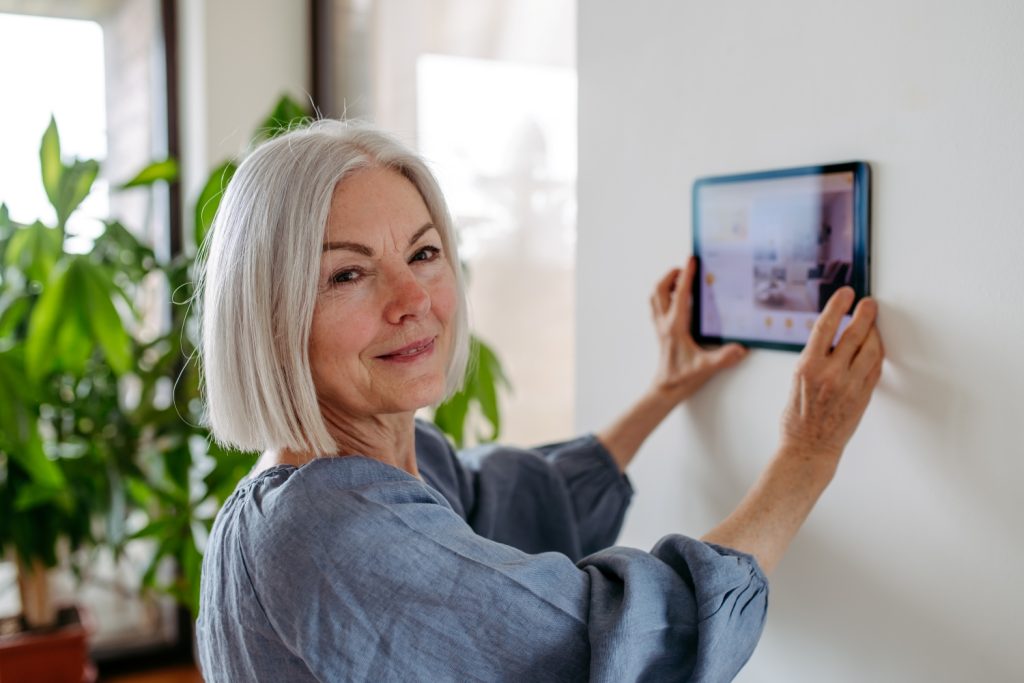A nostalgic video transported me to the 1980s and 1990s, an era when smoking sections were commonplace in restaurants—a practice that feels unimaginable today. This memory sparked a question: What if, in the future, loneliness and polarization were just as unfamiliar to us as smoking indoors is now?
Decades ago, research exposed smoking’s devastating health impacts, triggering a cultural transformation. Public health campaigns, legislation and education reframed it as a public health crisis, drastically reducing smoking rates. Today, loneliness—a condition equated with the health risks of smoking 15 cigarettes a day—demands a similar call to action. Whether the exact equivalence is literal is secondary to the critical issue at hand: Can we create a society where loneliness is as rare and unacceptable as public smoking?
The statistics are sobering. Nearly a third of adults older than age 45 report feeling lonely, while one-quarter of those older than age 65 are considered socially isolated. Loneliness increases the risk of premature death by 26%, rivaling well-known risk factors like obesity and smoking. Beyond health, the economic toll is staggering: Social isolation costs Medicare $6.7 billion annually due to increased hospitalizations and healthcare need.
‘Tellegacy participants often share transformative experiences.’
Federal initiatives are stepping up to address the crisis. U.S. Surgeon General Vivek Murthy has spotlighted the loneliness epidemic, emphasizing community-based solutions and policy innovations. Programs like Tellegacy, which connect university students with older adults, are prime examples of grassroots efforts making a difference. Through weekly conversations, these programs help older adults feel valued and reduce social isolation, as detailed in recent studies (Frontiers in Public Health, 2023, International Journal of Environmental Research and Public Health, 2024).
Tellegacy participants often share transformative experiences. Joan, an older adult, remarked, “It makes me feel like my life is worthwhile. Every minute of it—the good times as well as the bad.” Volunteers report similar benefits. One student noted, “I feel like I’m making a real difference, not just delivering meals but delivering smiles, too.”
What if these small-scale efforts were amplified nationally? Imagine communities designing public spaces to encourage interaction—parks with shared gardens, libraries hosting intergenerational storytelling events, and virtual platforms for global connection. These interventions, backed by data and intentionality, could redefine how we view social health.
The question remains: Will we approach loneliness with the same urgency we once brought to smoking? The tools exist. Programs like Tellegacy demonstrate that structured, meaningful connections can mitigate loneliness while building a culture of inclusion. Let’s make loneliness a relic of the past for future generations. The time to act is now.
Jeremy C. Holloway, PhD, is a professor at New Mexico Highlands University, Intervention Specialist, cross-cultural health equity strategist and speaker, and has been a director of Tellegacy programs for universities.
Photo credit: Shutterstock/fizkes


